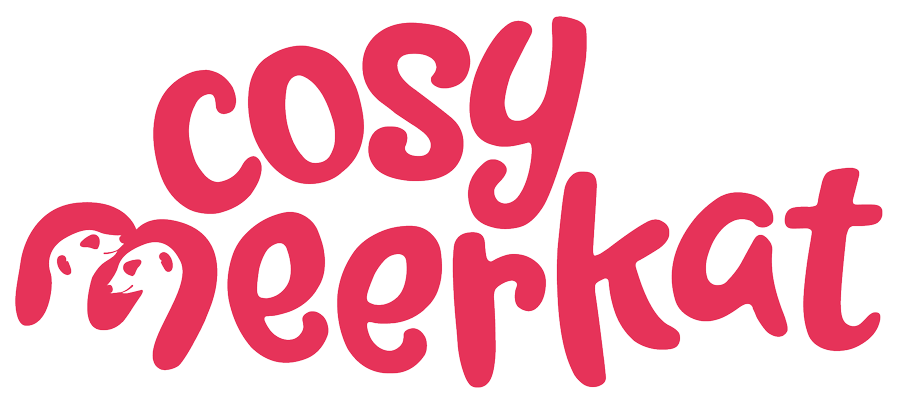AI: the Internal Communicator’s friend – or foe?
When generative AI first burst onto the scene a lot of people in internal comms thought it might be the solution to their problems. After all, we know a lot of in-house internal communicators have too much to do and not enough time or budget to do it. AI, everyone said, could carry out the more menial tasks, leaving us humans to do the more interesting, strategic work. Amazing, we thought. But is it? Is AI our friend – or will we one day find out it’s really our foe? And how can we make sure we use this spangly new tech in a way that doesn’t make our comms worse, or even go the other way and make some of us redundant?
How many internal communicators are using AI?
According to Gallagher’s latest State of the Sector report, one in three Internal Comms pros are experimenting with AI and one in five are already using it to create content. It’s a trend that’s only going to grow, but at the moment it feels like lots of people in the industry are still unsure about how they should be using it.
AI – the opportunities
Here are some of our suggestions for how you can use AI to improve your internal communication:
1. Help people who aren’t natural communicators get better at creating content. If you’ve got an intranet you’ll no doubt be aware there are some people who regularly create content but aren’t actually that good at it. And that means you either need to check everything that’s posted or you have to accept the quality is going to be variable. You could, however, get AI to improve what these contributors do. A generative AI system, like ChatGPT, can be used to provide useful prompts for content ideas. It can outline an article and generate illustrations that might go well with it. It can summarise long reports into easy-to-digest summaries with key takeaways. And if it’s a subject someone is new to, it can search the web, synthesise the most relevant details and save hours in research. But before you give your colleges the green light to go to town with AI, there are some things you must have in place first: company guidelines and policy on AI use, as well as a training programme to ensure it’s used responsibly.
2. Improve your content administration. You can use AI to flag potentially outdated content that hasn’t been read in a long time. It can also highlight opportunities for content creation by figuring out what people are searching for and whether or not they’re finding it.
3. Make your decisions data driven. AI can analyse large amounts of data it wouldn’t normally be possible to analyse, such as freeform feedback from emails and surveys. It can analyse email open rates, click-through rates and content engagement. You can then use all this data to refine your comms strategy, to identify areas where improvements can be made and introduce initiatives which will genuinely boost employee morale and productivity.
4. Customise content so employees get messages they want to open and read. Personalisation is a big trend in internal comms. AI can identify patterns in an employee's engagement and provide insights into the type of content someone likes and the communication styles they prefer. Messages can then be customised, so people get communications they’re more likely to engage with.
5. Translate in real time. This is particularly useful for multinational organisations where people speak numerous languages. AI can provide real-time translation and do all your written communications too.
6. Get a chatbot to answer common queries. We’re used to chatbots in customer engagement and, a lot of the time, if a query is simple, a chatbot is perfectly capable of answering it. Use an AI chatbot to answer your employees’ easy questions, directing them to the right page or folder on your intranet, for example.
While all this might sound useful, as we’ve already hinted, there are some important caveats.
AI – the challenges
A lack of guidelines and policy. Less than a third (29%) of people who responded to Gallagher’s survey, said their company had policy and guidelines on AI use in place. But it’s crucial. Your company needs to have considered data privacy and have robust guidelines which ensure users don’t cause inadvertent security breaches when they use AI. For example, how many of your employees do you think are aware that every time they enter something into ChatGPT, they’re effectively giving ChatGPT that information? It keeps it all and uses it to keep on learning, which means it shouldn’t ever be used for anything that’s sensitive or confidential.
Training takes time and investment. Half your business might love the idea of using AI, the other half might hate it. It’s therefore important to invest in training so all staff have the confidence to use it and no-one is left behind.
Human input and oversight are crucial. If AI is being used to create content, it should only ever be for a first draft. It simply doesn’t have the emotional intelligence and reasoning skills we do and is therefore prone to creating some rather robotic writing at best and stuff that’s full of inaccuracies and bias at worst. It needs careful editing to give it that human touch and ensure it hasn’t made any mistakes.
So, yes, generative AI presents opportunities and challenges. Whether it is friend or foe will depend on how we all implement and manage it in the coming years. For now, at least, we like to think of it as more of a companion than a competitor – and those who recognise and utilise that will be the ones best placed to reap the rewards.
We are always learning and always happy to have a conversation about AI, or anything else. Get in touch - we love a chat!
